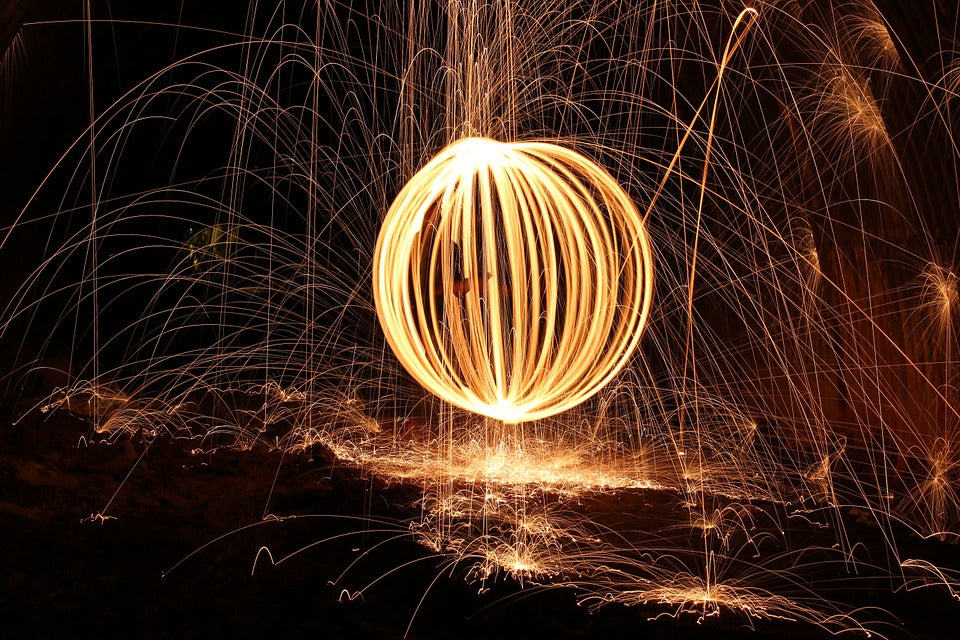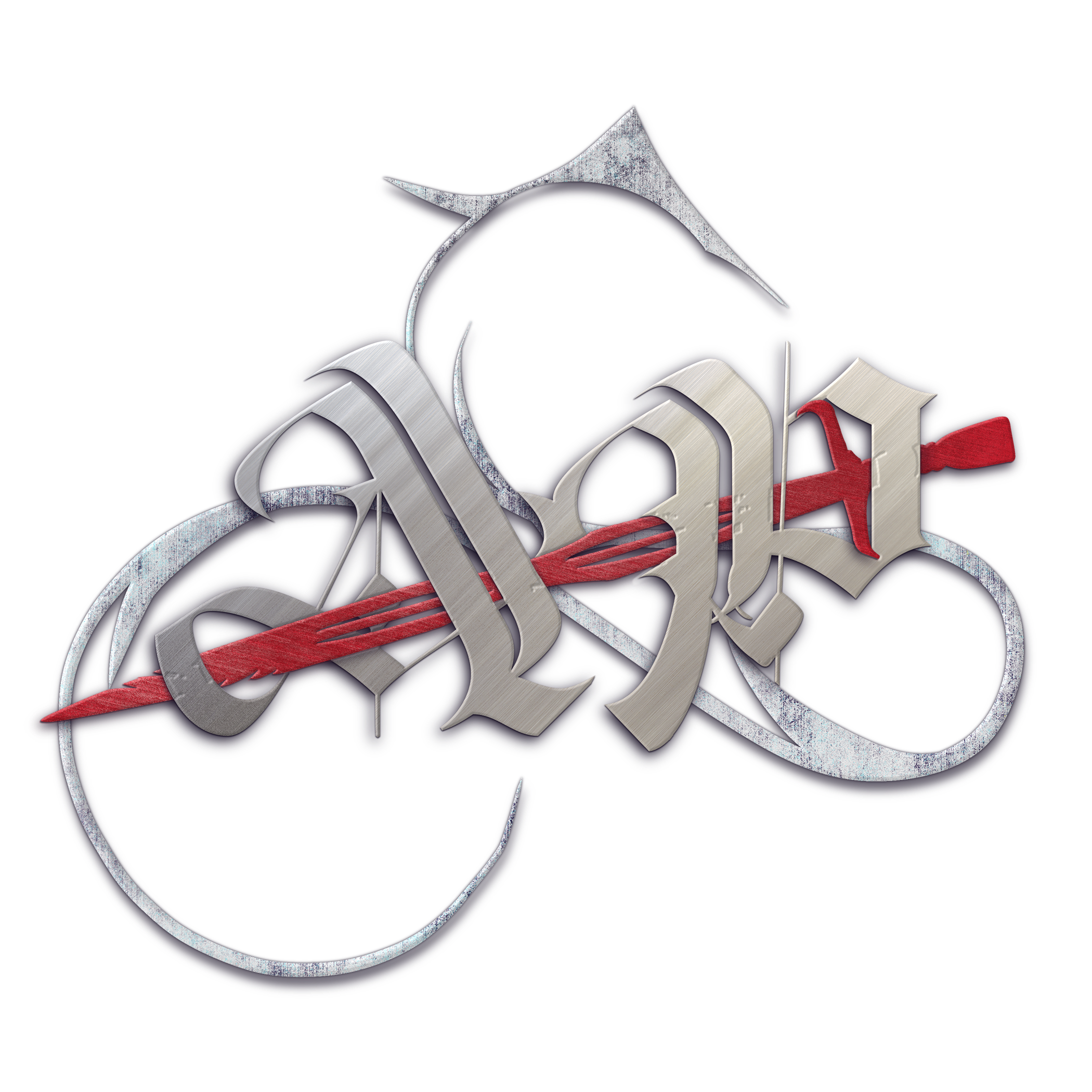Art is an integral part of human culture and society. For millennia, people have been using art to communicate thoughts, ideas, emotions, and important information. Some art is beautiful, some is functional, but all is important!
But why do humans feel a need to create art? Why is it impossible to resist the siren's call of creation? An article on Psychology Today had a fascinating take on it:
Art is beauty. It is beautiful to behold, breathtaking even. We all love beauty, and the idea that we could somehow play a part in bringing this beauty to life is irresistible.
Your art can inspire, dazzle, create an impact, strike an emotional chord, and forge a connection with total strangers. That is magic, of a sort, and something we all want to experience.
Art is evocation. When you see a beautiful pastoral image, you don't enjoy it because of its greens, blues, and reds. You love it because it brings back those memories of picnics with your sweetheart, laughing and playing with your parents, or enjoying life.
Art evokes memories, bringing back those emotions and sensations you felt. It taps into the stored memories and their associations in your brain, triggering a recall of those events.
Art is communication. Even before we can talk, we're able to understand simple shapes, colors, and images. Drawings have been around as long as spoken language, and it is one of the oldest forms of communication.
Colors, lines, shapes, and words can all be used to communicate non-verbally. Anyone who encounters that art will receive at least a glimpse of the message you're trying to share. Your words can only carry as far as the sound of your voice—the message in art can travel around the world.
Art is human. Animals can be TAUGHT to create art—as so many elephants, apes, and gorillas have been—but it is only humans that are innately artistic. Perhaps it has something to do with our higher consciousness, or something else, but suffice it to say that only humans are born with the need to color, draw, trace, paint, or even carve lines into the sand as a means of communication or creation.

